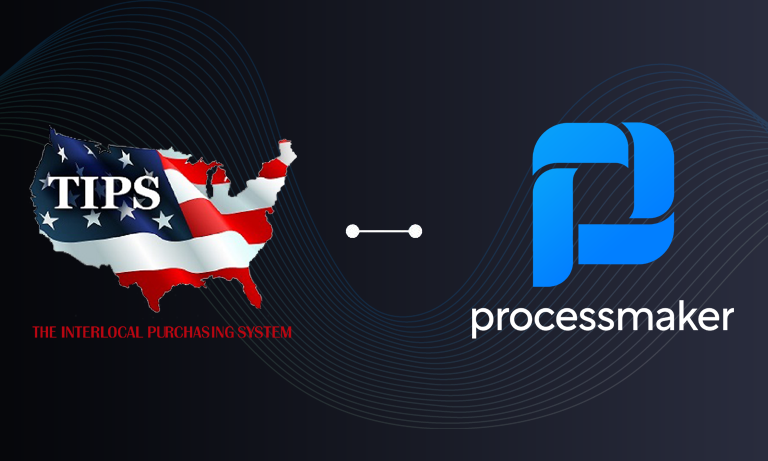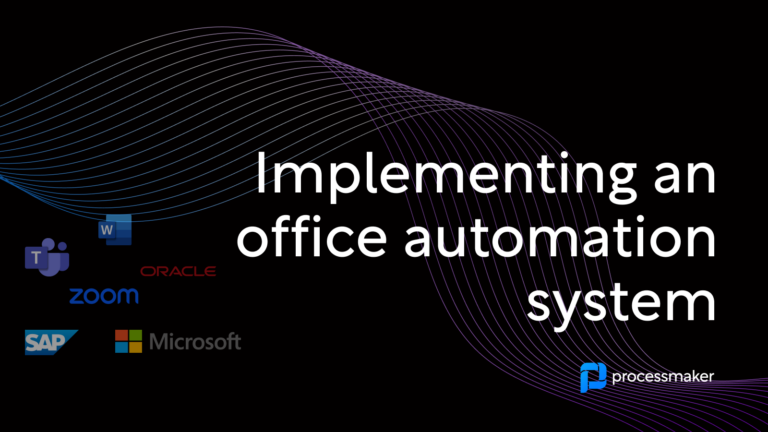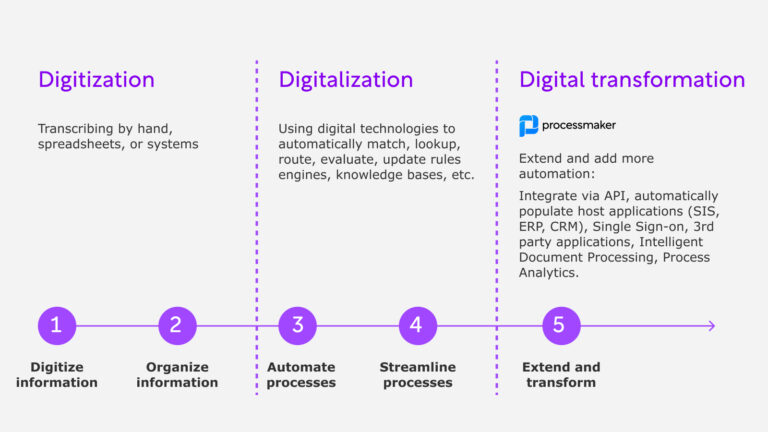Two of the main reasons customers leave for your competitors are either they don’t find relevance in your products and services, or understand the value. Yet, with the right onboarding process, you can address both of these consumer loyalty issues. There isn’t any question your product meets a demand. However, customers expect guidance when they get started – it’s up to you to offer hand-holding during the customer onboarding process.
Easier said than done, right? The trick is to ensure the customer experience is just as satisfactory as your products and keep your marketing promises. The objective is to remove any friction from the initial touchpoint of the customer journey through post-purchase.
We know this can be challenging, so we have created this definitive guide to the customer onboarding process so that you can incorporate it moving forward.
What is a customer onboarding process?
A customer onboarding process refers to the process you use when assimilating new clients. It’s your approach to defining how your products and services work, how consumers can derive value, and it’s also how you interact with your customers. In fact, it is a vital aspect of your customer service and customer experience protocols. In terms of the customer journey, onboarding is a crucial first step. How you implement this process can result in a long-term and mutually-beneficial relationship.
Although the length of time can vary depending on the product or service. For instance, if your company offers a 7-day free trial, the nurturing process – getting new users acquainted and comfortable with your product – can take longer.
The best customer onboarding process will involve accessible and user-friendly tutorials, unlimited support, and even celebratory milestones when a customer shows the benefits of using your solution.
Is customer onboarding really that important?
In a word, yes. How you choose to onboard your new clients will set expectations for a continuous relationship. If done well, it can help to reduce turnover and increase the overall customer lifetime value (LTV). Many businesses can lose up to 75% of their new customers within the first week. Further, up to 60% of your free trial prospects never return to make a purchase. For ongoing revenue, the most profitable route is through existing customers. Not to mention, your raving fans may act as free marketing. In addition, you can decrease acquisition costs when you retain your customers and strengthen business growth.
All things being equal, what sets your company apart is creating a positive customer onboarding process from before-and-after the sale. When your onboarding processes are well-organized, and repetitive tasks are intelligently automated, you also get the added benefit of increased employee satisfaction. You relieve the burden from your employees so they can become more productive and have more time to focus on personalized interactions.
Steps for creating a customer onboarding process

You wouldn’t build a campaign without first creating a strategy; otherwise, you run the risk of disjointed and ineffective marketing.
To bolster the efficacy of your customer onboarding process, start with a goal and a strategy for how you will get there. When you start receiving feedback from your clients, you can refine your processes. Focus on these three goals:
- Determine how to get your customers to use your product or service more than once during the first week.
- Provide an indispensable value.
- Create a usage pattern.
If you offer an omnichannel experience, treat every interaction holistically. Make every interaction, and touchpoint, count. Continue reading to see how:
Get to know your customer
If you haven’t already, now is the time to create several buyer personas that match your target audience. Understand their pain points and challenges, as well as their preferred solutions.
Manage expectations
During your sales process, explain qualifying factors and reiterate the value of your product and service. Advise your customers of any potential challenges along the way. As a result, they can be more inclined to stick through it instead of giving up.
Demonstrate value
You know more about your product and service than any of your customers do. It’s your job to persistently convey value. Give them relevant examples of how your solution will address their issues.
Keep the lines of communication open
The welcome message is just the beginning. Continue interactions with helpful guides and tutorials. Once your customers realize value, they will sign-up for offers and tutorials on their own.
Go above and beyond
Your goal is to impress your customers so much that they can’t help but share their positive experiences with others.
Track your success
Refining your customer onboarding process should be an ongoing effort. Continue to collect client feedback, pinpoint obstacles, and monitor your KPIs, so you know where to make improvements.
In addition to all the tips above, try to personalize client experiences. Think of every customer as unique. The more you can customize your solution to meet their needs; the more loyal your clients will become. Share information selectively so you don’t overwhelm your recipients. Be clear with your instructions. Guide your customer along every step of the journey. Offer support when they face an obstacle. Then, celebrate and acknowledge every milestone.
Set up the customer onboarding process
To get your customers on board, you need to offer the right resources at each step. Here are the basic steps:
Welcome email
Offer congratulations for their new purchase, convey excitement, and show gratitude for choosing your solution.
Greetings
This can be a message triggered by the first login. It should also include a guide or tutorial for setup. The good news is this can be automated.
Product details
Provide a setup wizard, but offer it optionally. And, make it short but clear.
Feature blurbs
Add blurbs detailing the features and benefits of your products and services to keep your new customers informed.
Give them access to a knowledge base
This might be an FAQs page and portal to documents related to their solution. Due to having a knowledge base, your customers won’t have to search elsewhere for answers.
Check-in
You want your new clients to feel that you care about their onboarding journey. This should be a best practice throughout all your marketing and customer experience efforts.
Celebrate
Maintain excitement by celebrating every milestone via in-app alerts or a congratulatory email/phone call. Make your customers feel that you’re concerned about their success.
Examples of customer onboarding processes
Let’s take a look at a few processes for customer onboarding:
- Live and animated tutorials and walk-throughs.
- Surveys to understand how your customer plans to use your solution.
- Automated welcome emails.
- Automated check ins.
- Automate text messages.
- “Getting started” videos.
- Maintenance and unlimited support.
You also want to keep an eye on these key metrics:
- Customer lifetime value (LTV)
- Churn rate
- Retention
- Net Promoter Score (NPS): How likely your clients are to recommend your solution to others.
Make sure your marketing, sales, and customer service teams are aligned with your customer onboarding objectives. You see, the process starts the first time a prospect interacts with your brand. Moreover, every touchpoint serves as an opportunity to improve your onboarding experience.
According to research from the Harvard Business Review, many companies lose 50% of their customers within five years due to insufficient customer service. The lesson is to start early, be prepared, and flexible enough to address any and all customer questions and concerns.
Get on the same page
After you have set your objectives, and parameters for success, the most important component is to get on the same page with your customer. How can you do this? By communicating clearly with your customer what services you will provide, how you will provide them, and by when. When the expectations are straightforward, it’s much easier to remain in sync with your customer. So then, don’t make promises you can’t keep.
Onboarding shouldn’t be confused with sales. What you’re trying to do is understand your client’s needs and offer relevant solutions. Delivering on expectations builds trust and confidence. And, your customers will feel more comfortable sharing feedback. Even in the example of a free trial, as long as you can reel the customer to make a purchase, their free trial offers an opportunity to derive value immediately.
Final thought
It is essential to successfully onboard your customers whether or not they actually use your solution. If done poorly, your clients may search out your competitor’s offerings. It also helps to incorporate a proven automated solution to help deploy your customer onboarding processes – from automated emails to automated follow-ups. Use Processmaker to automate and initiate your customer onboarding process and stay on top of the buyer’s journey from start to finish.
Learn more about how Processmaker can optimize your customer onboarding strategy, today.





